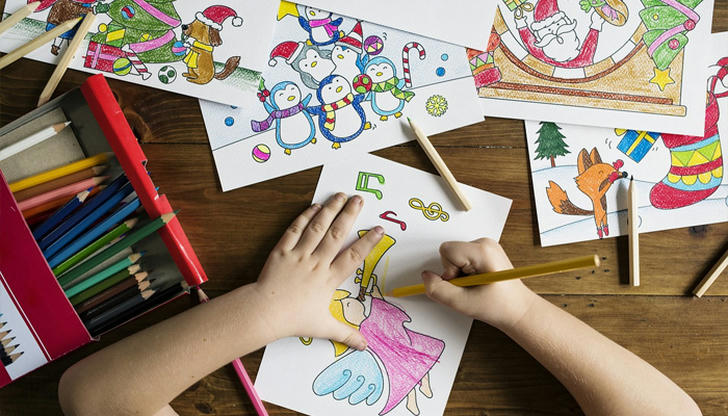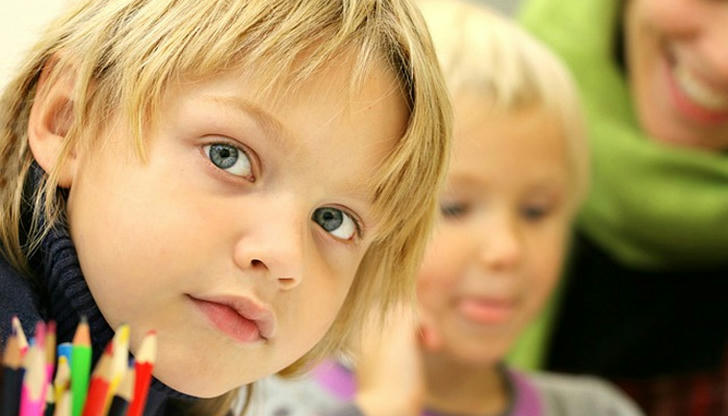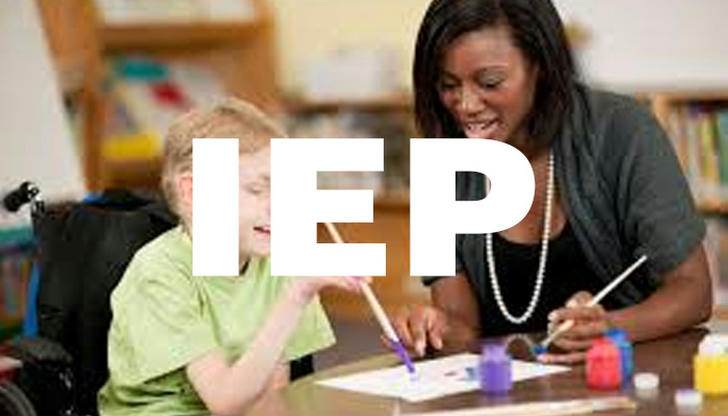Supporting Every Learner: A Look at Special Education
Education should be a journey of empowerment, open to all students regardless of their abilities. Special education embodies this philosophy, offering a tailored approach that ensures every learner has the chance to thrive in school. But what exactly is special education, and how does it work? Let’s delve into its core principles, teaching methods, and the diverse range of students it supports.

Unveiling Special Education
Special education isn’t a separate school system; it’s a spectrum of supports and modifications woven into the fabric of general education. It caters to students with a wide range of disabilities, creating a more inclusive learning environment where all students can reach their full potential. Imagine a vibrant classroom where a student with dyslexia receives audio books to support reading, while a student with autism benefits from visual schedules to manage their day. Special education ensures these adjustments are seamlessly integrated into the learning process, empowering each student to excel.

Reaching Every Student
Special education targets a diverse range of learners, ensuring no student is left behind. Here’s a closer look at some of the disabilities supported:
Learning Disabilities: These can manifest as difficulty with reading (dyslexia), math (dyscalculia), written expression (dysgraphia), or language processing. Students may struggle with specific skills like decoding words, understanding complex instructions, or expressing themselves clearly.
Intellectual Disabilities: These affect a student’s cognitive development and ability to learn at the same pace as their peers. The level of support needed can vary greatly, but special education services can ensure students with intellectual disabilities are challenged and engaged in a meaningful way.
Emotional and Behavioral Disorders: Students with these challenges may struggle with managing their emotions, focusing on tasks, or interacting with others appropriately. Special education provides strategies and support systems to help them develop emotional regulation skills and positive behavior patterns.
Physical Disabilities: These can include visual or hearing impairments, mobility limitations, or chronic health conditions. Special education ensures these students have access to the necessary assistive technology and support to fully participate in learning activities.
Autism Spectrum Disorder (ASD): Students with ASD may exhibit social communication challenges, repetitive behaviors, and sensory sensitivities. Special education provides a structured and predictable environment, along with social skills training, to help them navigate the learning environment effectively.

The Guiding Principles of Special Education
Special education is built on several key principles that ensure its effectiveness:
Individualized Education Program (IEP): If a student qualifies for special education, a team of educators, parents, and sometimes related service providers develops an IEP. This vital document outlines the student’s specific needs, learning goals, and the accommodations or modifications that will be put in place to support their learning journey.
Least Restrictive Environment (LRE): The core principle is to educate students with disabilities alongside their non-disabled peers to the maximum extent possible. This fosters a sense of inclusion and allows students to learn from and interact with each other. Special education services are provided within the general education classroom whenever appropriate, with additional support offered by resource specialists or special education teachers.
Data-Driven Instruction: Special education teachers utilize data from assessments and progress reports to tailor instruction and track student growth. This ensures a dynamic approach that adapts to individual needs and learning styles.
Collaboration: Effective special education requires collaboration among educators, therapists, parents, and sometimes even community service providers. This team approach ensures all aspects of a student’s needs are addressed holistically.

Tailoring Teaching Methods
Special education doesn’t rely on a one-size-fits-all approach. Teachers employ a variety of methods to cater to diverse learning styles and address specific needs:
Multisensory Learning: Engaging multiple senses, such as sight, touch, and hearing, can enhance understanding for students. Imagine using manipulatives in math lessons or incorporating movement breaks throughout the day.
Visual Supports: Visual schedules, graphic organizers, and picture cues can help students with processing difficulties stay on track and grasp complex information.
Assistive Technology: From screen readers for students with visual impairments to communication devices for those with speech difficulties, technology plays a crucial role in bridging learning gaps.
Positive Reinforcement: Special education teachers often utilize positive reinforcement strategies to motivate students and celebrate their progress. This creates a supportive and encouraging learning environment.
Differentiation: Teachers differentiate instruction by modifying assignments, pacing lessons, and providing additional support to ensure all students can access and master the learning objectives.
In conclusion, special education isn’t just about addressing learning difficulties; it’s about unlocking potential. As Albert Einstein proclaimed, “Everybody is a genius. But if you judge a fish by its ability to climb a tree, it will live its whole life believing that it is stupid.” Special education ensures that every student has the opportunity to swim in their own waters and discover their unique brilliance.
